Where does the monarchy go after its second Elizabethan age?

On April 21, 1926, The Times carried a very small announcement on page 14, between a report on ructions in the German cabinet and another on the progress of the economy bill: “The Duchess of York was safely delivered of a Princess at 2.40 this morning. Both mother and daughter are doing well.”
The baby would go on to become Queen Elizabeth II.
The newspaper that day reflected a secure, stratified society, a Britain that was still imperial and colonial (many column inches were devoted to a raging debate over the existence, or otherwise, of a four-tusked elephant); it was complacently and deeply royalist, confident in its collective identity. Reporting on the royal family was demure, discreet and, above all, deferential.
The Britain Elizabeth came to rule in 1952 was still recognisable as the one into which she had been born. The news of her father’s death reached her in Kenya, then still firmly under British rule despite the rumblings of the Mau Mau rebellion. She had every reason to expect that she would rule in much the same way as her father and grandfather. It did not turn out that way.
As she observed in her Golden Jubilee speech of 2002: “Since 1952 I have witnessed the transformation of the international landscape, matched by no less rapid developments at home, in the devolved shape of our nation, in the structure of society, in technology and communications, in our work and in the way we live.”
The London of 1952 still had trams and blanketing smog. Winston Churchill was again prime minister and British troops were still fighting in Korea. The brilliant mathematician Alan Turing was forced to undergo hormone treatment to avoid prison for his homosexuality. Britain remained an intensely traditional, old-fashioned realm with a monarchy that was little changed, in most important respects, since the time of Queen Victoria.
Over the next 70 years, royalty was tested by war, tragedy and scandal; it was transformed by public curiosity, social mobility and imperial decline; above all, the habit of reverential discretion, so marked at the time of Elizabeth’s birth and Coronation, had almost entirely disappeared at the time of her death, replaced by attitudes more questioning but also, perhaps, more intelligent and durable.
The Queen turned monarchy into a professional operation. She was the first monarch in history not to impose her personal likes and dislikes on the institution; indeed, her real personality remained, for most of her subjects, an enigma. She ruled for longer than any other British monarch but was famously reticent in public. In the intrusive, fast-moving 20th century, she proved that distance could be a source of royal strength.
So what does her reign, and the way monarchy changed under it, indicate about the reigns of Charles III, William and, eventually, George?
If the Elizabethan age just ended is anything to go by (and it is), then the monarchy of the future will be smaller, older, cannier, funnier, more reticent and micromanaged, underdressed in private moments and lavish in public ceremonial, more informal but not more intimate. Royalty of the 21st century will appear more middle-class, while being nothing of the sort. It will be run on business lines. Under Elizabeth, monarchy just about broke even; henceforth, it will have to show stakeholders a clear cultural profit.
The problems in Elizabeth’s reign came when modernity collided with what Walter Bagehot called the magic of royalty. The family suffered the problems that afflict most other families: bereavement, failed marriages, younger members behaving badly. But whereas the deference of the first half of the century would have ensured such events were treated with decorum and euphemism, the insatiable curiosity of the second half of the 20th century meant that those moments were scrutinised with brutal intensity. The worst crisis for Elizabeth came when she failed to grieve for Diana, Princess of Wales, in the way expected and demanded by the rest of British society.
As a consequence, the modern monarchy has become adept at presentational skills and the alchemy of public relations in a way that would have been unthinkable a generation ago. Yet it is still capable of self-sabotage. The scandal over the Duke of York’s association with a convicted paedophile, the sex claims, which he denied, made against him, and his car-crash interview with the BBC profoundly rocked and embarrassed the institution; the damage was visible to all except, perhaps, Prince Andrew himself. Prince Harry’s marriage to Meghan Markle was presented as a fairytale, but turned into a nightmare for the Queen’s advisers.
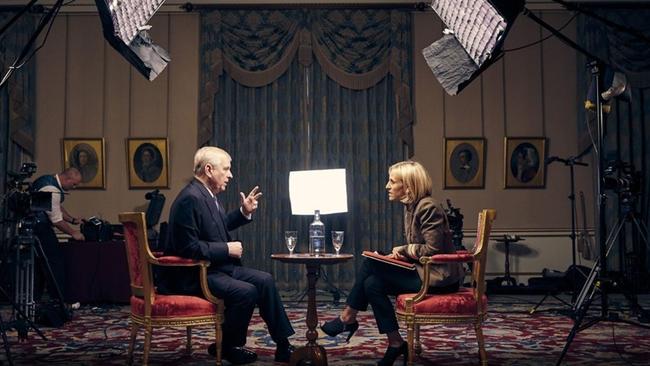
The key strategy (almost a mission statement) for the final years of Elizabeth’s reign was to enable the monarchy to appear more like the rest of us, while maintaining its mystery: the Duchess of Cambridge is the perfect embodiment of this approach, being university educated, well dressed, decorous, decorative and part of middle-class family that appears almost quintessentially un-exotic and unthreatening. She has brilliantly absorbed the lessons of the Queen’s reign: smile, laugh even, put everyone at ease, say nothing remotely memorable, and wear jeans as easily as a tiara.
Royal pageantry, with all its heraldry and ceremonial, pomp and circumstance, was largely a Victorian invention; Elizabeth has bequeathed a more complex set of royal behavioural rules, where public appearances must mingle unpretentiousness with loftiness, approachability with distance. It is an exceptionally difficult balancing act, which she carried off with aplomb, partly because, in her case, no one was prepared to challenge it.
There are now enough male royal heirs to last a century, and the future kings have had plenty of time to rehearse. Judging by the longevity of the Windsor bloodline, and based on actuarial calculations, Prince William will be in his sixties before he wears the crown; Prince George is likely to be even older.
When she succeeded her father, the 25-year-old Elizabeth was almost unknown to the British public. Even Marion Crawford, her governess, who supposedly “told all” in 1950, told very little. Our future monarchs will be exceptionally well known to us by the time they succeed, and far older than the majority of their subjects. What they have done before becoming kings or queens will matter just as much as what they do on the throne.
Older monarchs may project experience and maturity; the disadvantage is that with age come opinions. Elizabeth resolutely avoided intruding on politics, even when her own opinions jarred with those she had to publicly avow; her son has shown no such self-restraint, insisting, in his own words, that he is “determined not to be confined to cutting ribbons”. Perhaps the central question of the monarchy’s future is the extent to which the institution can afford to become political. Too outspoken, and it risks fomenting division and controversy; too reticent, and it risks irrelevance.
Ever since the reign of Athelstan, who in AD927 became the first king of the English, the monarchy has survived by giving the impression that it remains a still point in a moving world, a bastion of tradition but adaptable with it. Elizabeth maintained that illusion. But her successors will be required to be agile in a world that is itself moving at staggering speed, transformed by global influences on British society, economic transition, social and ethnic migrations and radical institutional reform. Our national identity, so static and predictable at the time of Elizabeth’s accession, is now in violent flux.
Some aspects of modern life have hit the monarchy hard, and changed it, including divorce, bereavement, scandal and internal conflict. But in many ways the family remains insulated from real Britain. We have no idea what most of them read, or watch, or believe. And some like it that way: one of the main lines of attack against the Duke and Duchess of Sussex is that they have revealed far too much about themselves, and their feelings.
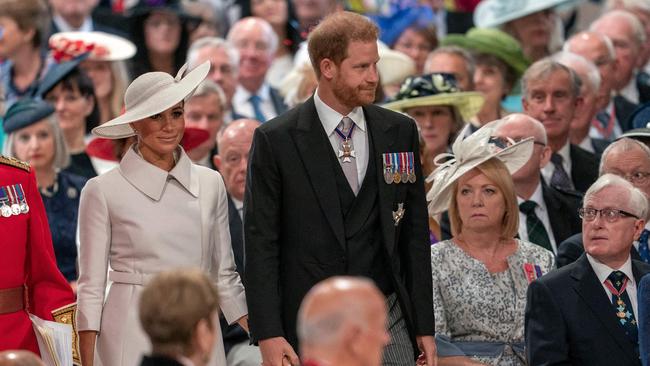
The split between the Sussexes and other members of the family blighted the final years of the Elizabethan era but offered a warning of what is to come. The changes in wider society will, inevitably, touch monarchy, and perhaps ensure its survival: the first royal gay marriage, the first royal Muslim, the first open royal atheist and the first royal adoptee or donor baby. These will happen, sooner or later, and probably sooner.
The signs are that the British public is prepared to grant monarchy a measure of personal privacy, in exchange for increased accountability, and greater relevance. The monarchy is not subject to applications under the Freedom of Information Act. The financial arrangements of “the Firm” are still largely opaque. That situation is unlikely to last for another generation. The profits of monarchy may not be measurable in cash, but the institution will be expected to balance the books, and show it.
Mark Bolland, a former royal press secretary, once observed waspishly that “the Windsors are very good at working three days a week, five months of the year and making it look as if they work hard”. Some members of the Firm are value for money, most notably the women. Some are deadweight. Public opinion shows little enthusiasm for the wider family.
So where will the modern monarchy fit into our world after Elizabeth? What Christopher Hitchens once disparaged as the “mental habits of royalism” have changed utterly. Much of the affection remains but it is of a more knowing and worldly sort. Today’s subjects are more quizzical, and more tolerant of individuality; more demanding of value, and less obedient to the demands of the myth. As for the monarchy itself, it will be leaner and more self-conscious, more accessible but still reserved; it will walk a careful line between speaking out on matters of import, and keeping its own counsel, between sharing itself, and guarding its privacy.
We are long past the time when monarchy could expect to be loved and revered simply for being, for the accident of breeding. It is a cliche to talk of a monarchy “winning” the respect of its people, but the crises of Elizabeth’s reign showed just how easily even a popular queen could lose its popular purchase.
This is a judgmental, demanding and over-achieving age. The next generation of monarchs will have to do something more admirable than the run-of-the-mill royal activity: write something, explore something, prove something or achieve something. Some are born great and some have greatness thrust upon them. The next generation of royals will have to work harder for greatness than any before it.
The death of a long-lived and popular monarch is usually a time for dire predictions. Legend holds that Louis XV of France declared: “Apres moi, le deluge.” The forecast after Elizabeth is mixed: there may not be floods and calamity, but the outlook is likely to be cloudy, with unsettled patches, and occasional violent storms.

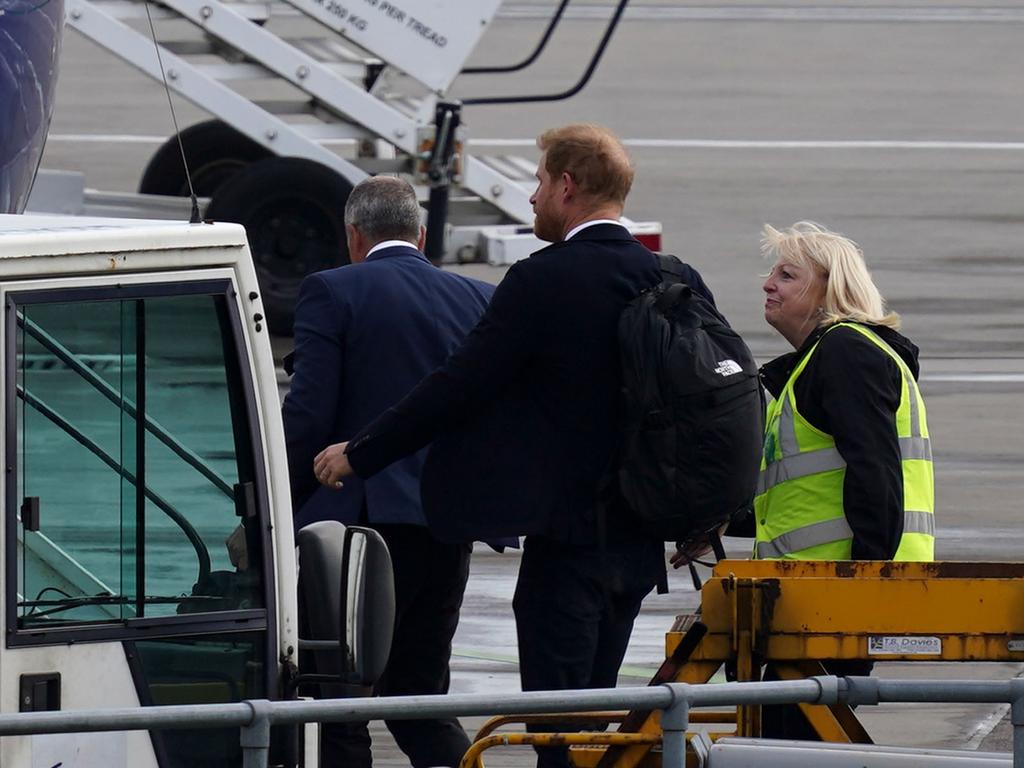
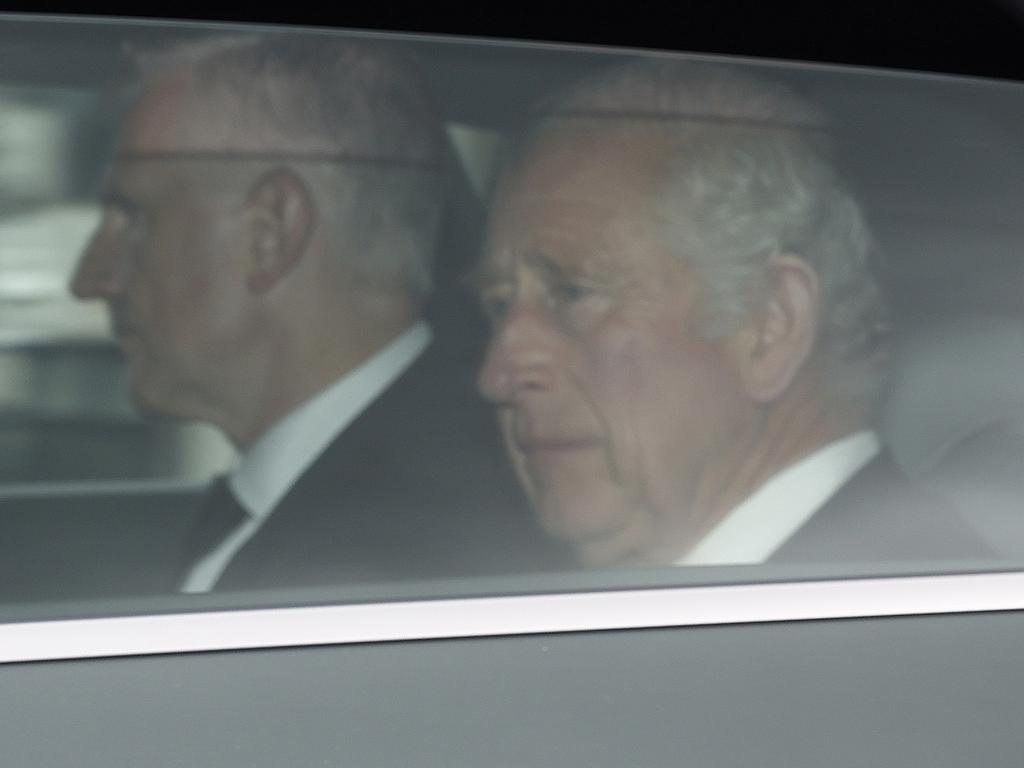
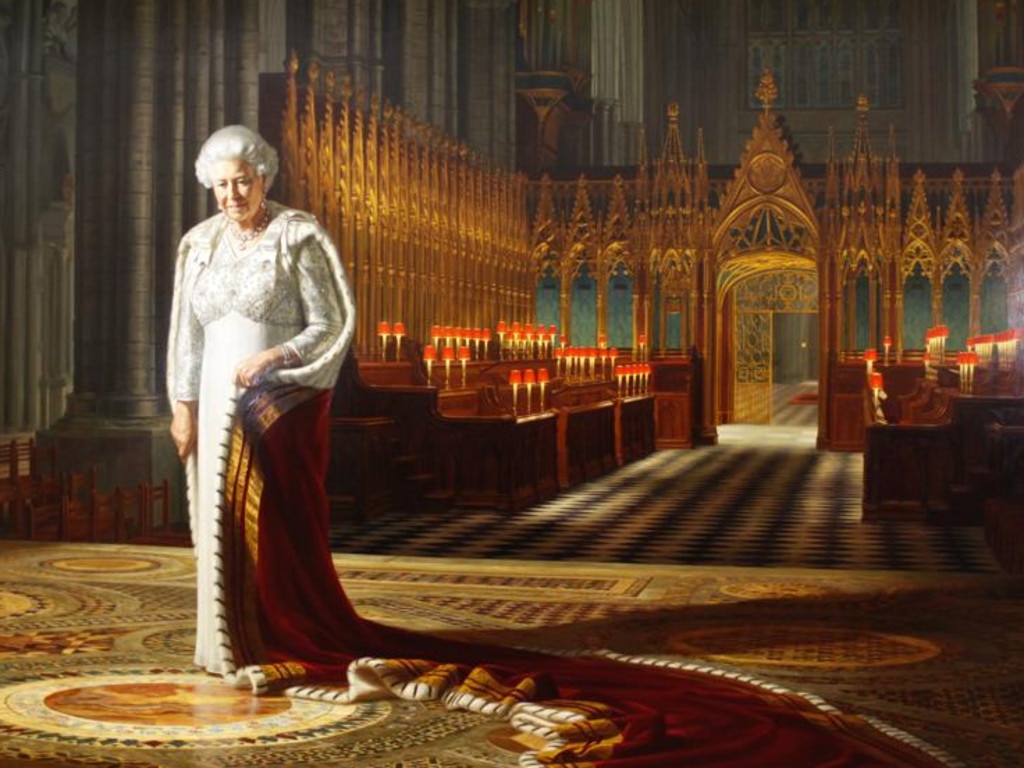



One way to assess where the monarchy might be going in the next reign is to look back on where it came from in the reign now ended.